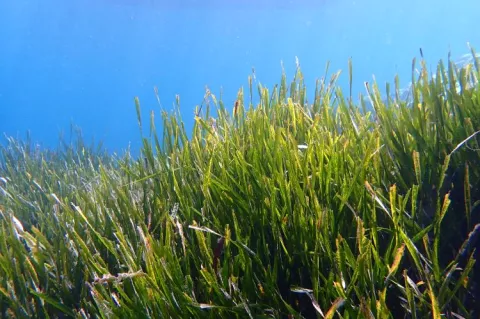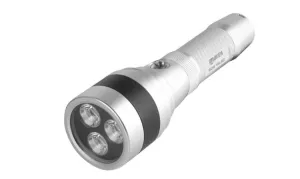Seagrasses are natural carbon dioxide sink, thanks to symbiotic bacteria
Seagrasses need nutrients to thrive, particularly nitrogen (N). Up to now, it has been assumed that the nitrogen is taken up by the seagrasses through leaves and roots from the surrounding seawater and sediment.
However, in many of the regions where seagrasses are most abundant, there is little nitrogen to be found. Furthermore, while nitrogen is abundant in the sea in its elemental form (N2), seagrasses cannot use it in this form.






